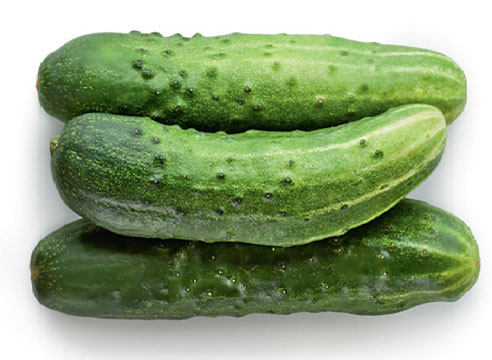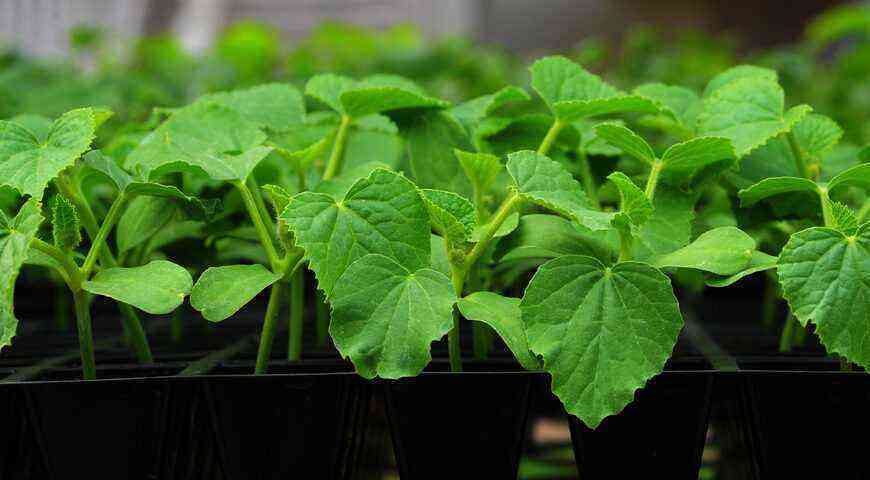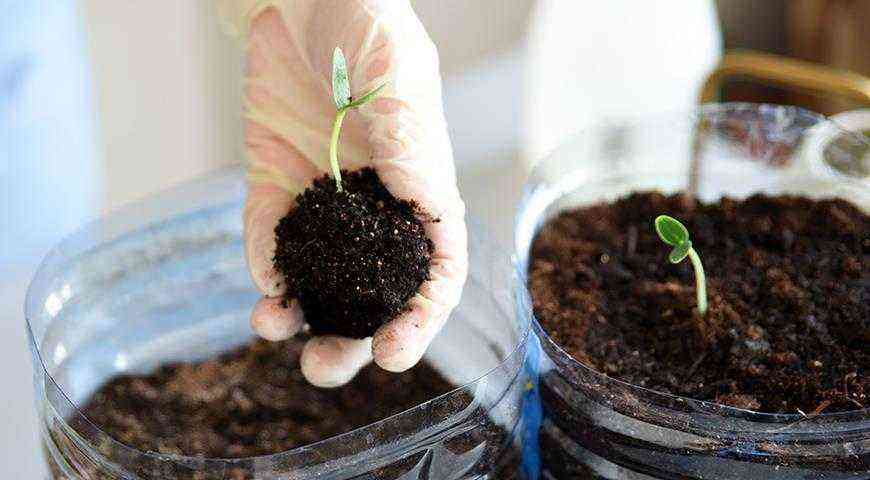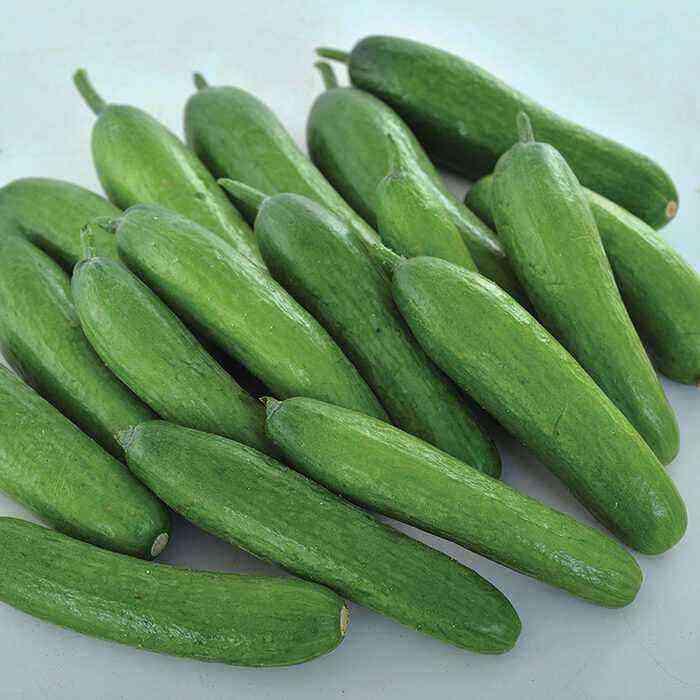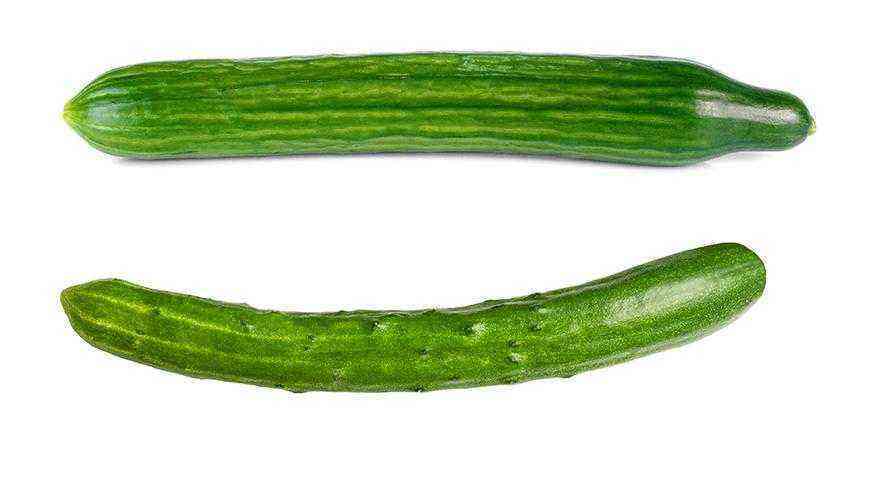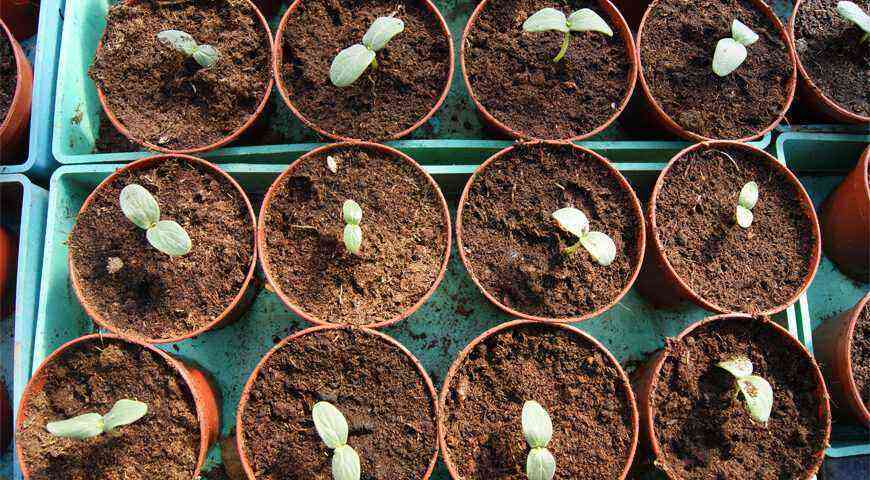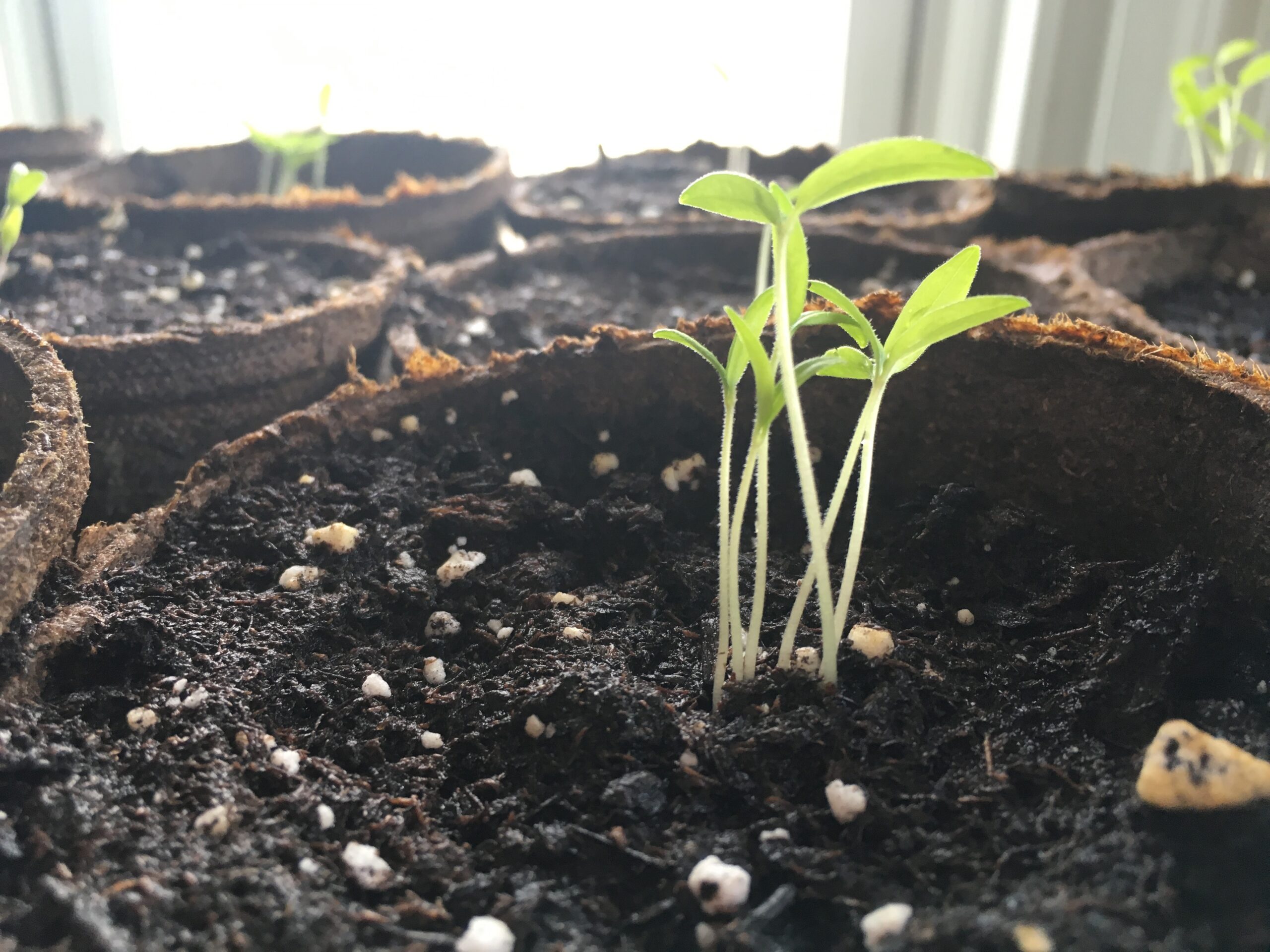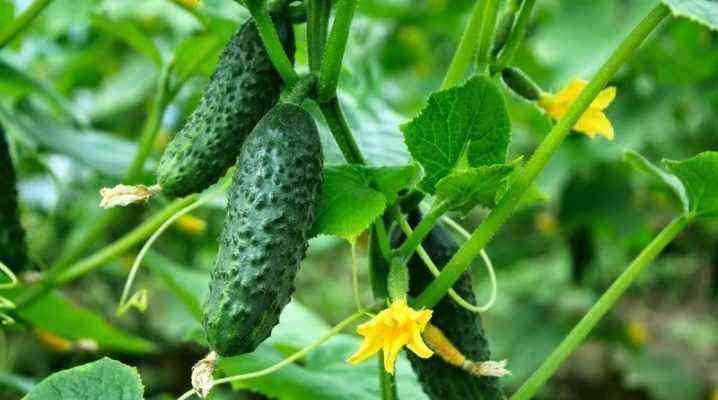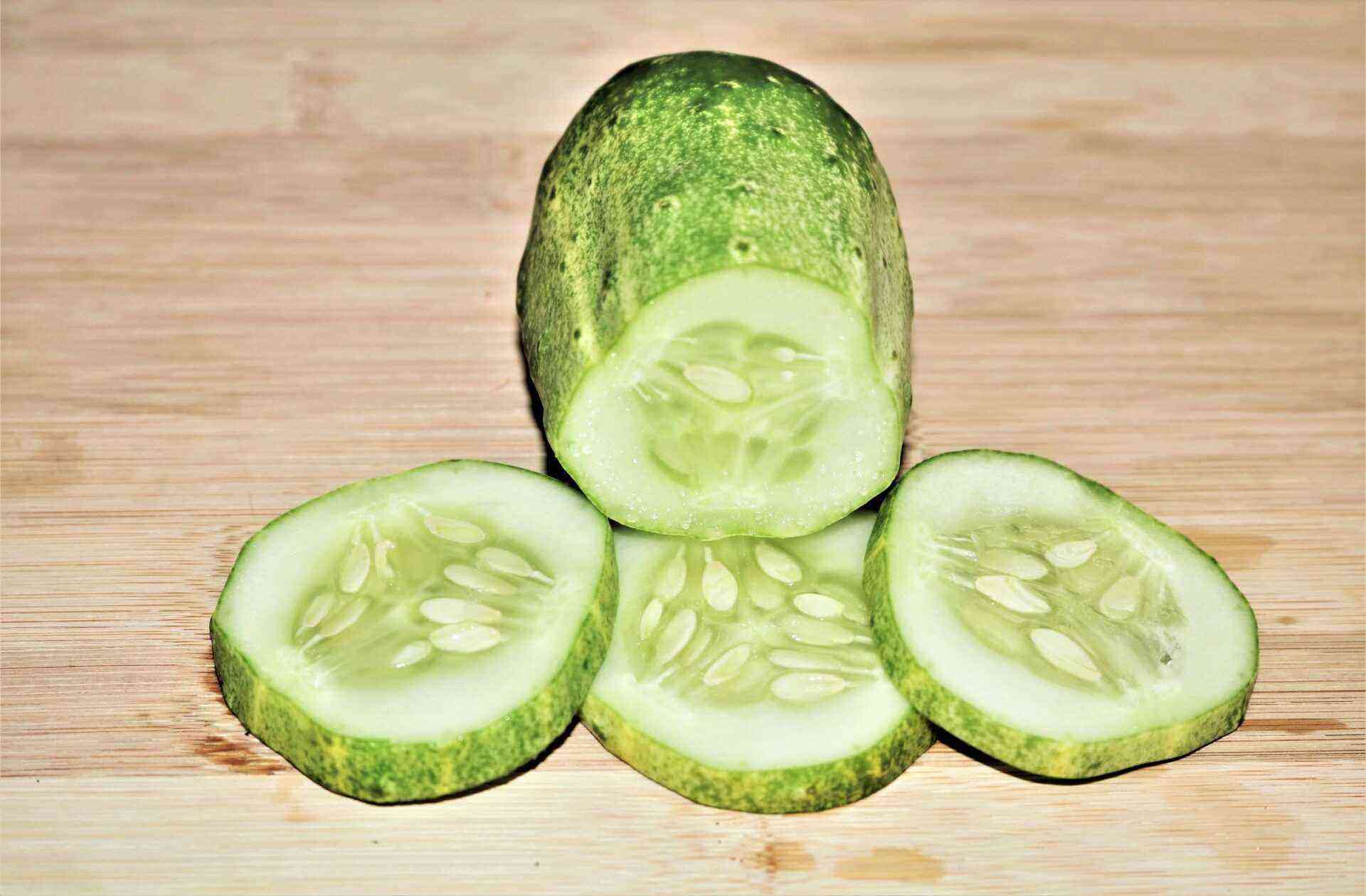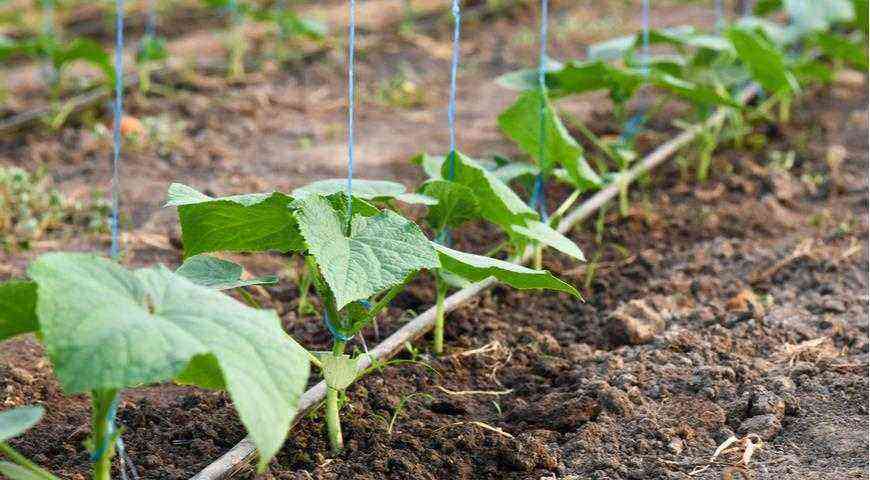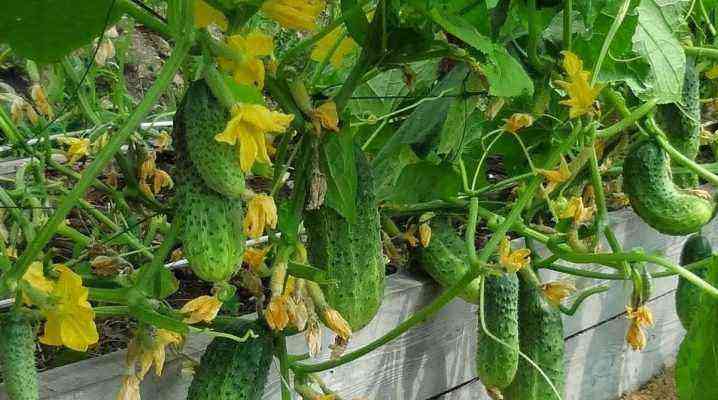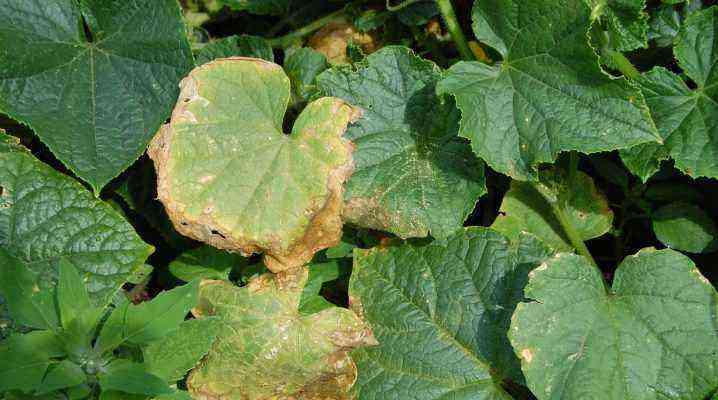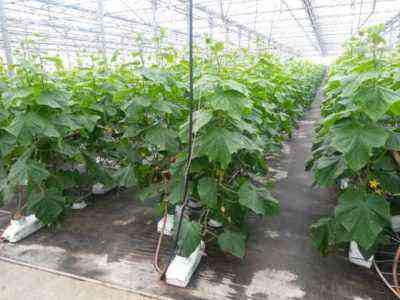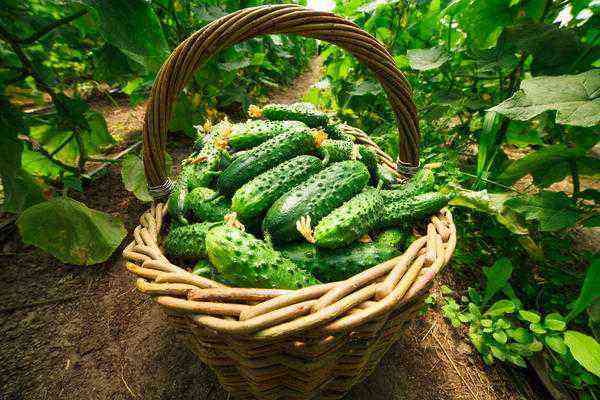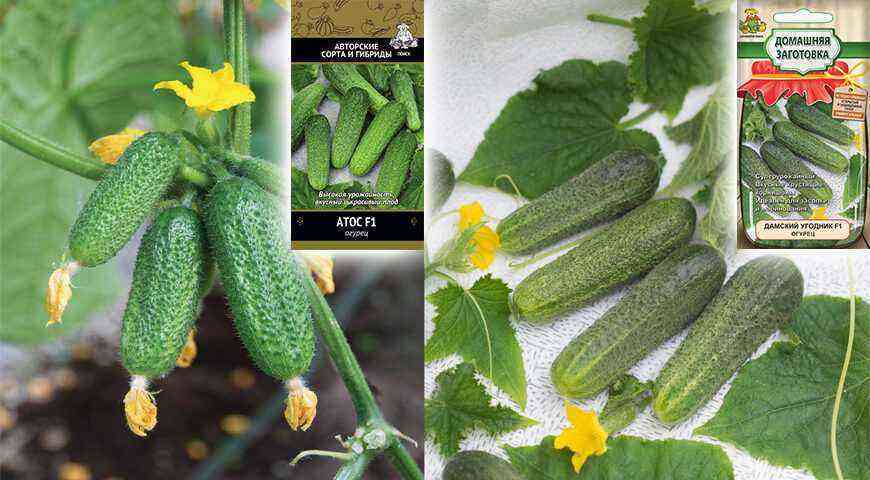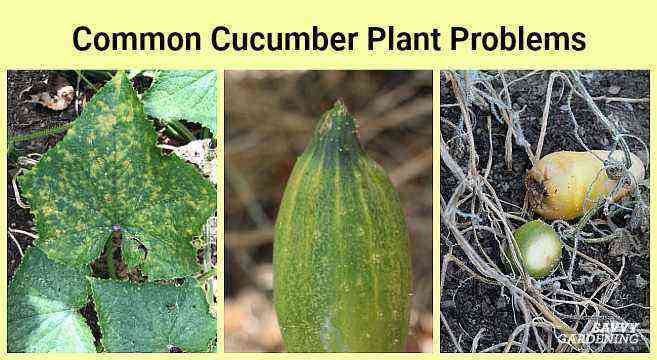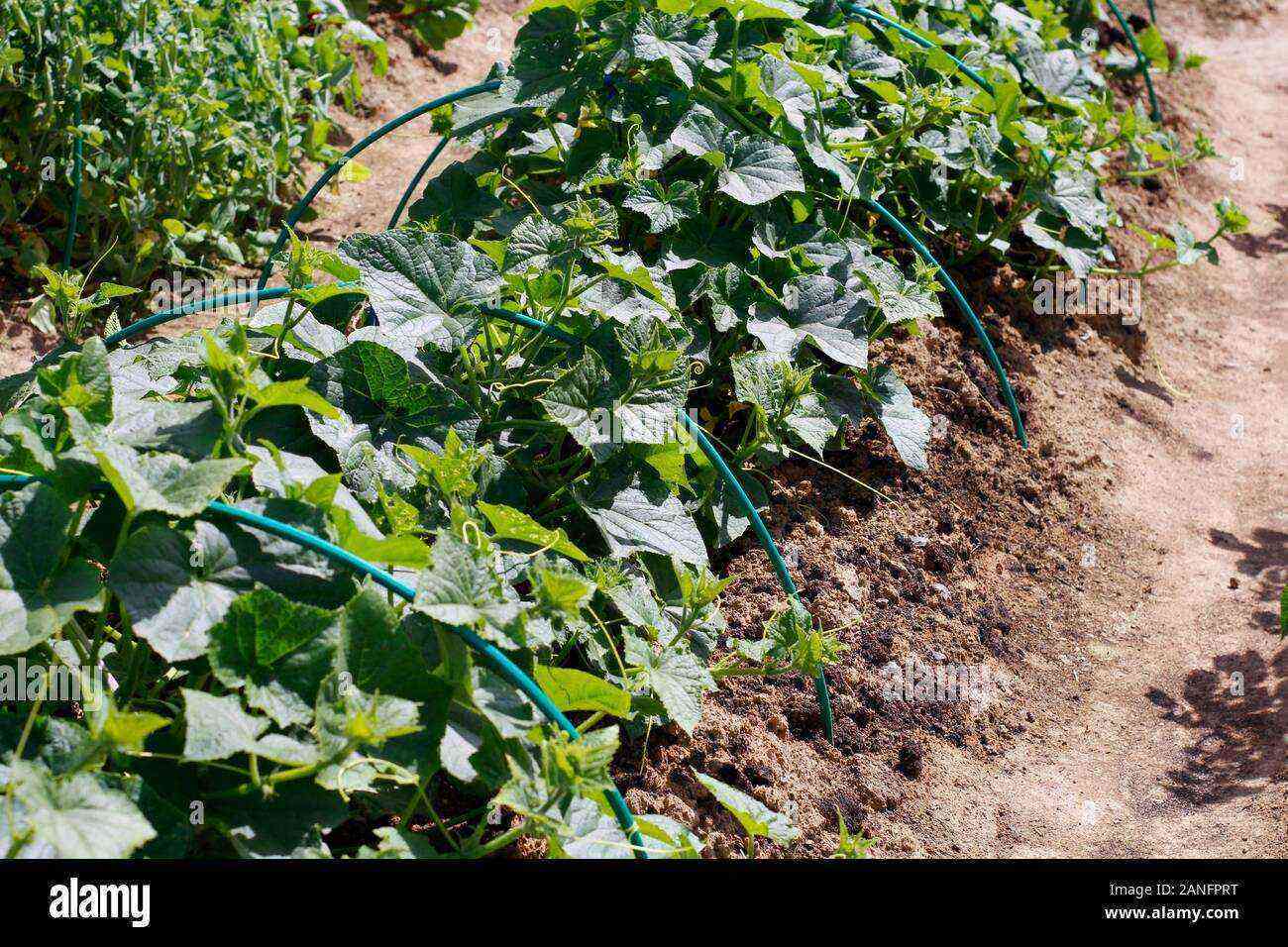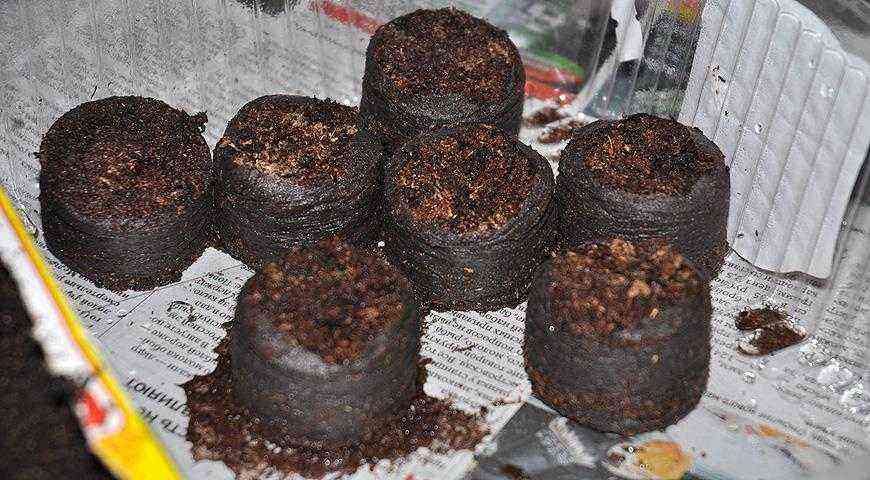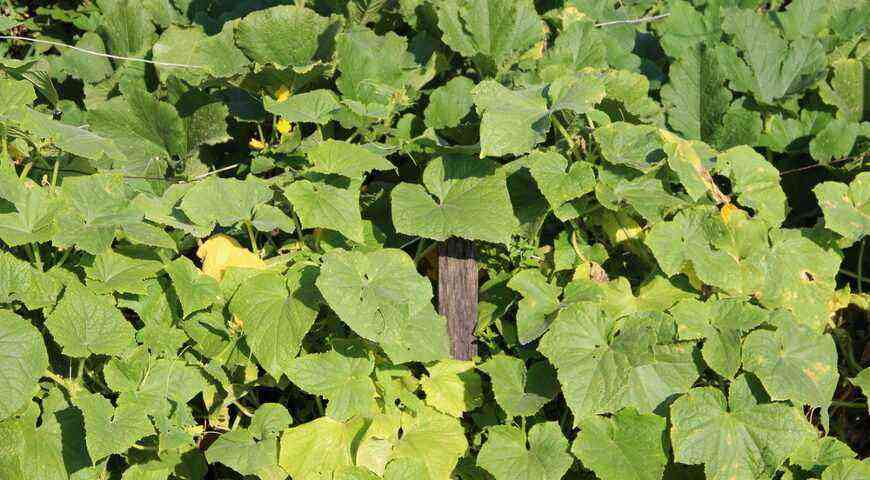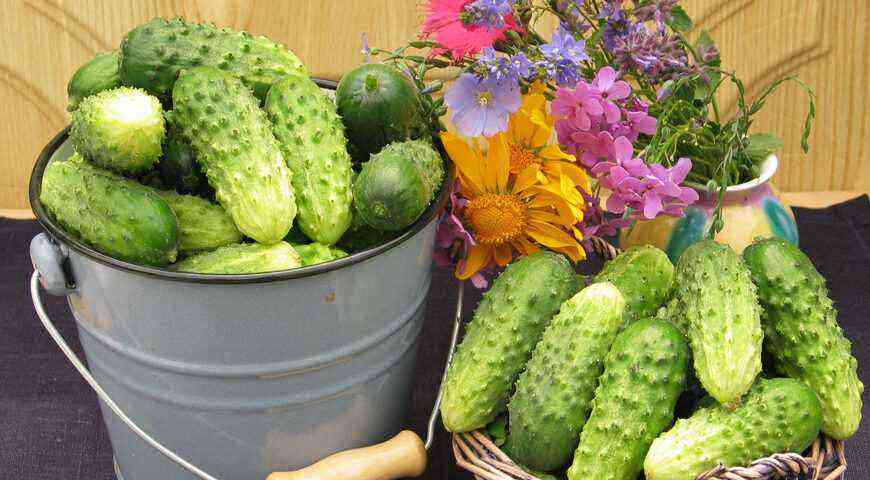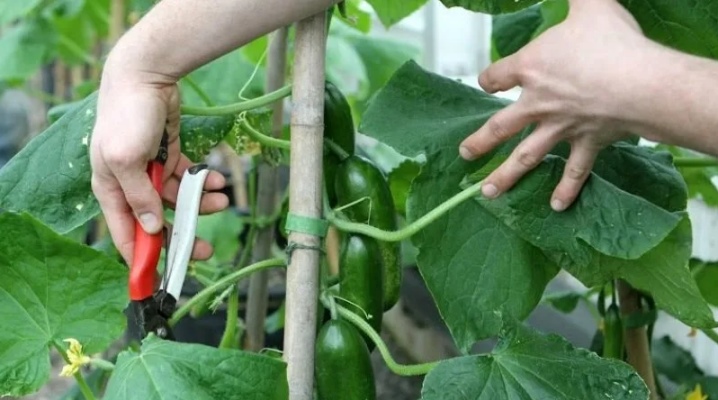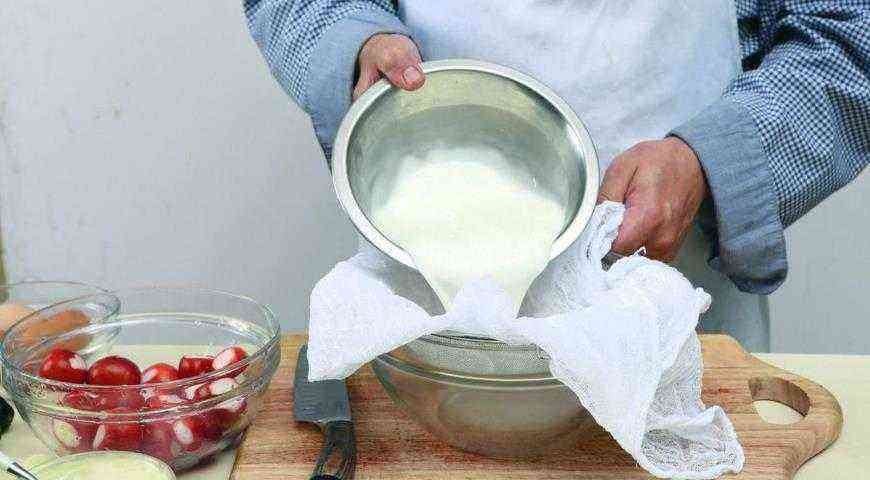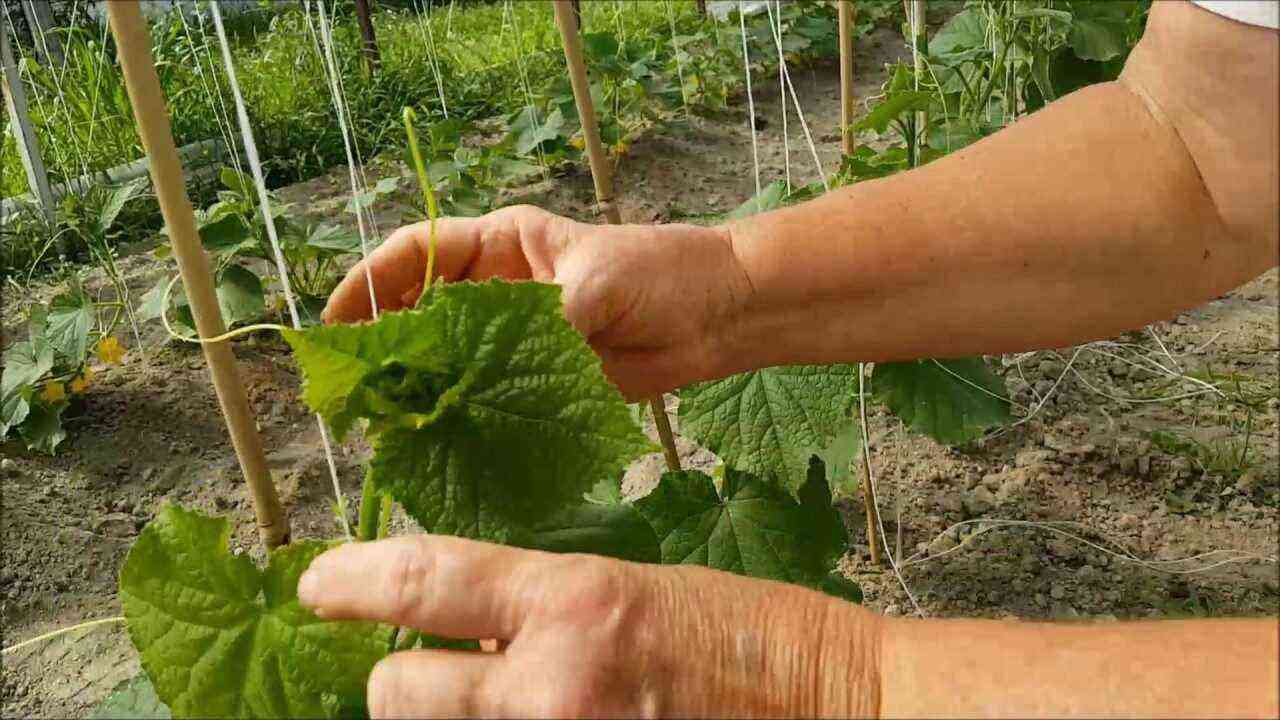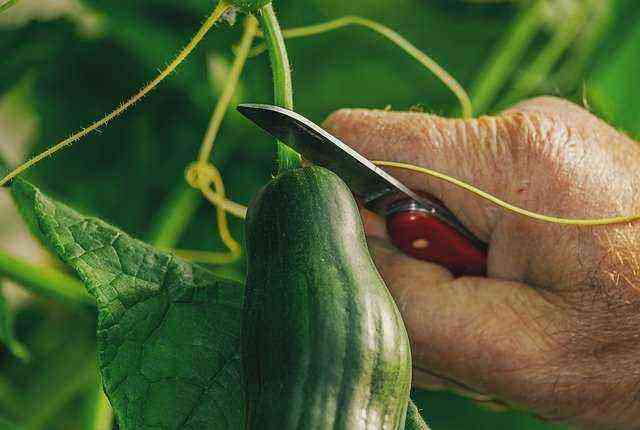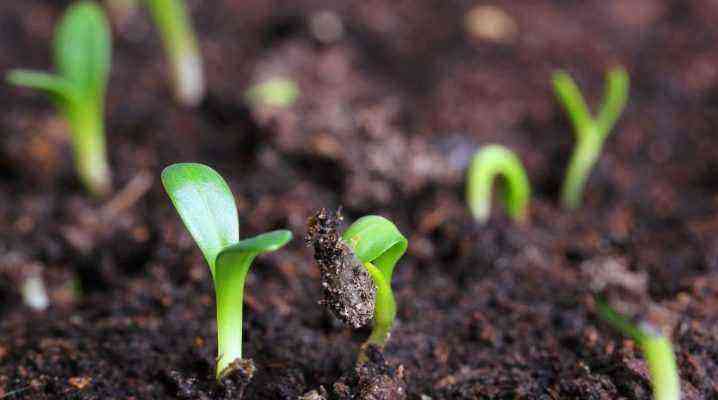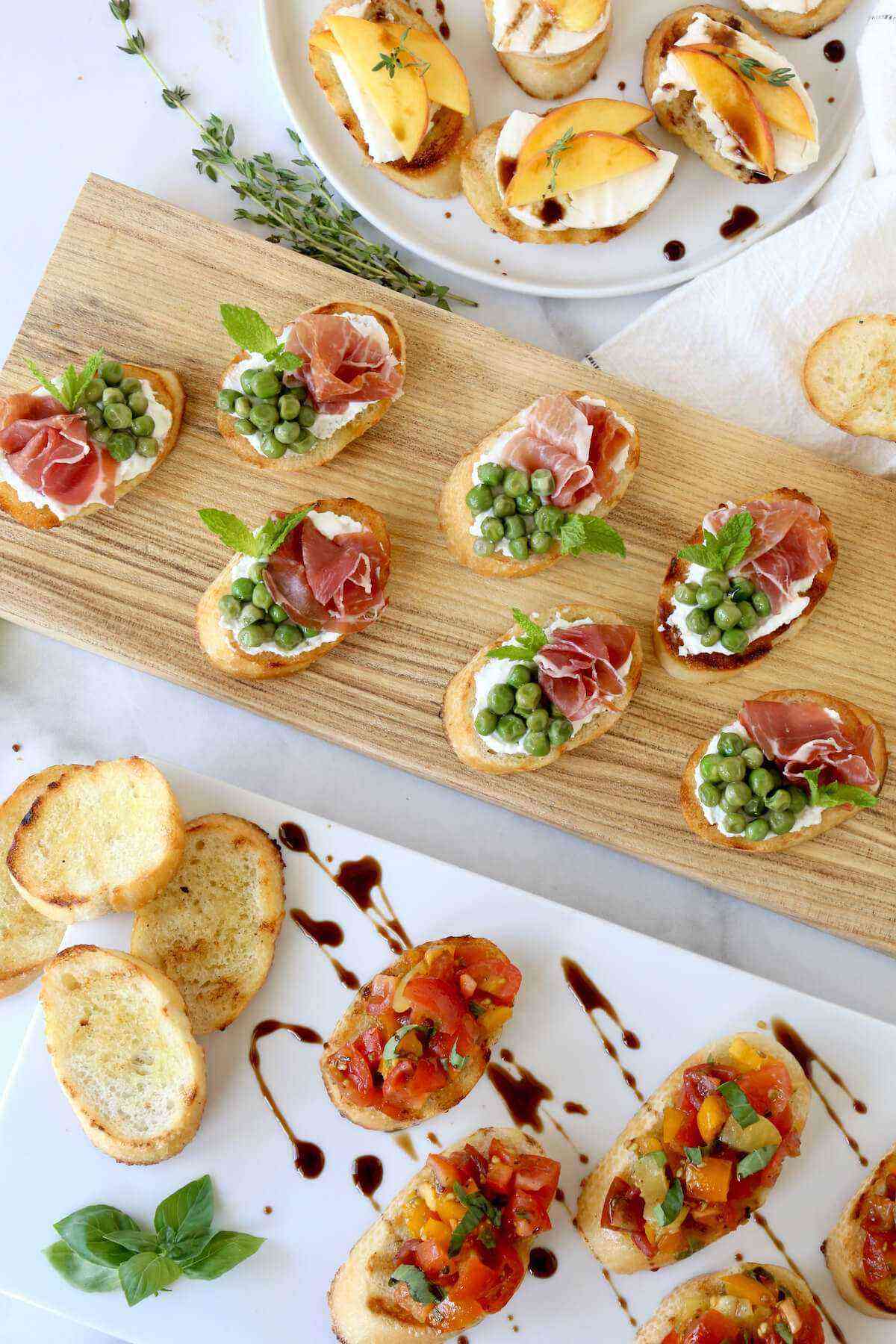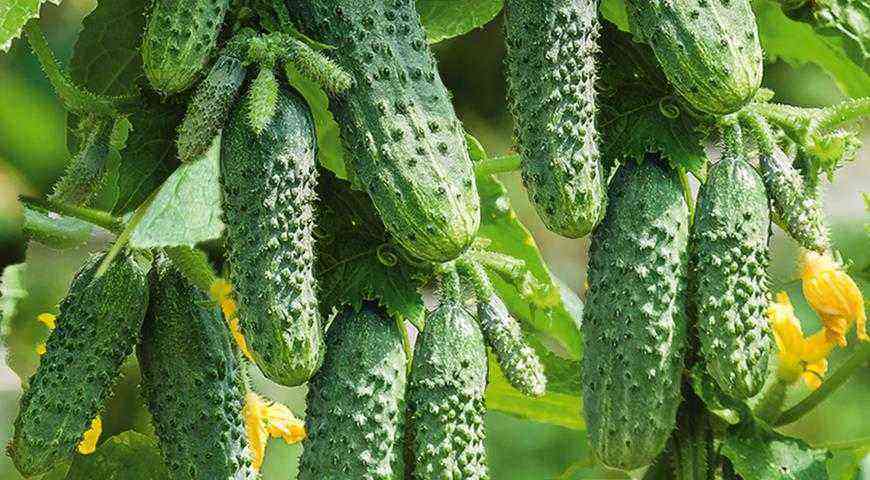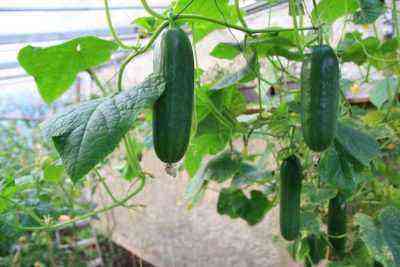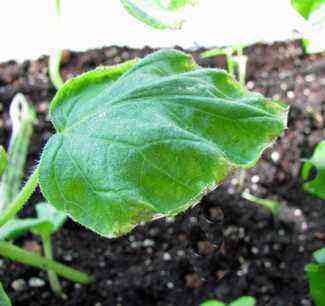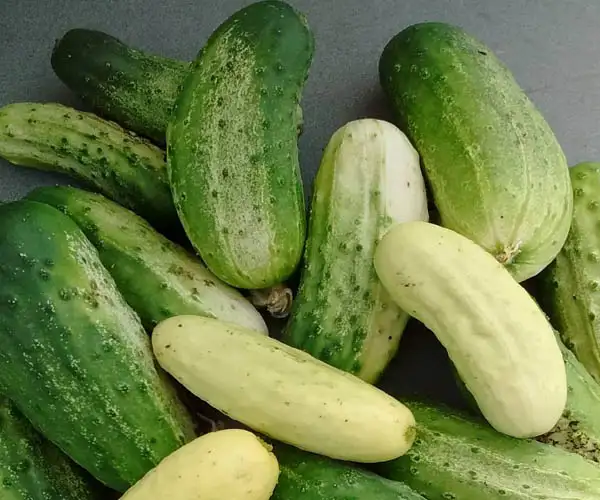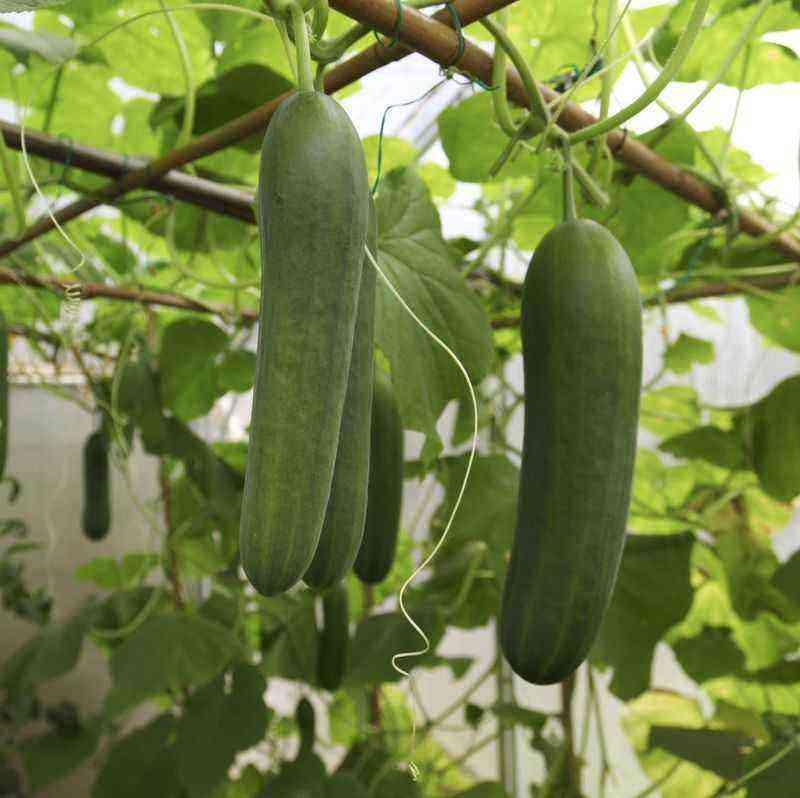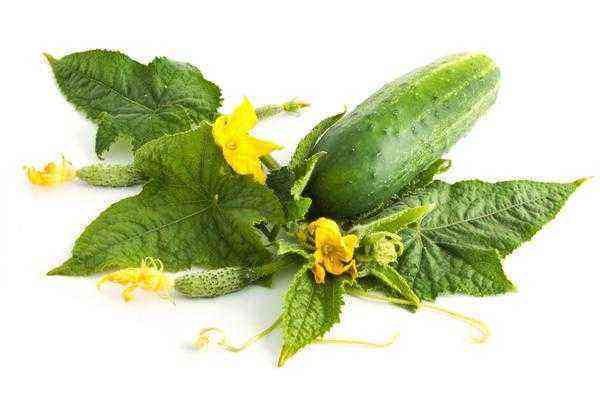Before we get the most productive and delicious cucumbers, we need to understand how we want to use them and where we are going to grow them.
How to choose the right cucumbers for planting
Cucumbers are salad, canning (for salting and pickling) and universal.
The latter can be eaten fresh, salted and pickled, but they are often not very productive. Salad cucumbers usually have white thorns: they are tasty fresh and in salads, but when pickled for a long time they become soft and tasteless. In addition, they are the most productive. Pickled cucumbers have neat greens of medium size with dense pulp and thin skin, which passes salt well. Cucumbers for pickling have even less greens (gherkins or pickles), the flesh is even denser, and the peel is thin.
According to the method of cultivation, cucumbers are for protected (greenhouses and temporary shelters) and open ground. The crop in the greenhouse is always higher, but the soil is tastier. Even the same variety, grown in a greenhouse and in the open field, tastes slightly different. Cucumber is a very heat-loving plant, therefore, to obtain guaranteed yields, it is better to use a combined growing method. I grow lettuce varieties through seedlings in a greenhouse, and pickling and canning varieties under a light film cover, which can be removed in case of hot weather. In any weather, I do not stay without cucumbers.
When choosing a variety of cucumbers, keep in mind that varieties of folk selection, for example, Nezhin, Murom and others, often give plants that differ in yield, size and shape of fruits, and precocity. The most reliable and fruitful at present are F1 hybrids. They are productive, early ripening, resistant to disease, have a good taste, their fruits are devoid of bitterness. Often, parthenocarpic varieties and hybrids (with a predominantly female type of flowering) are more productive than others.

Secrets of a good cucumber harvest
In order to extend the cucumber season as much as possible, it is desirable to plant bunch-type varieties with simultaneous return of greens and varieties with a long fruiting period and high remontability, capable of fruiting at low temperatures and resistant to diseases. By the way, the most delicious cucumbers are obtained from these “autumn” cucumbers by cold salting.
During the fruiting period, cucumbers are fed once a week with infusion of fresh mullein, bird droppings or fermented grass, and can be alternated with fertilizing with mineral fertilizers. Water for irrigation is only suitable for warm (+20 … + 25 ° С). Collect pickles and gherkins every day, otherwise they will thicken, become like small barrels. Cucumbers for pickling and fresh consumption – after 1-3 days. Timely harvesting stimulates the active growth of the remaining and the formation of a new ovary.
Varieties and hybrids of cucumbers that Larisa Maslova liked
Cucumber Lilliput F1
I grow it for pickling in small jars. Young, tiny cucumbers of this variety (pickles and gherkins) are very good for processing. Zelentsy is cylindrical in shape, with frequent tubercles, 7-10 ovaries are formed in the leaf axil. The hybrid is early, parthenocarpic, female type of flowering. For cultivation in the open and protected ground.

Cucumber Graceful
Early ripening (from the appearance of mass shoots to fruiting – 50 days) cucumber for open ground. Differs in the increased resistance to adverse temperature conditions and to diseases. Zelenets universal use, fruit weight 90 g. The spikes are small, the shape is beautiful, corresponds to the name. I liked the taste and appearance, the yield is average.
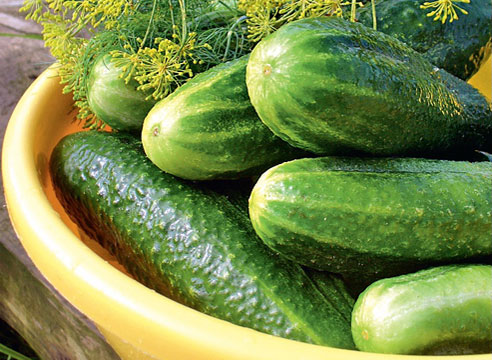
Cucumbers Zabiyaka F1 and Zadawak F1
Hybrids of a new line of shade-tolerant parthenocarpic cucumbers. An important feature is the possibility of growing plants in low light conditions combined with low temperatures (rainy cold summer). At the same time, the fruits are tied perfectly. Specially designed for cultivation in areas of risky farming. Hybrid Bully F1 early ripe – from germination to the first collection 40-42 days.
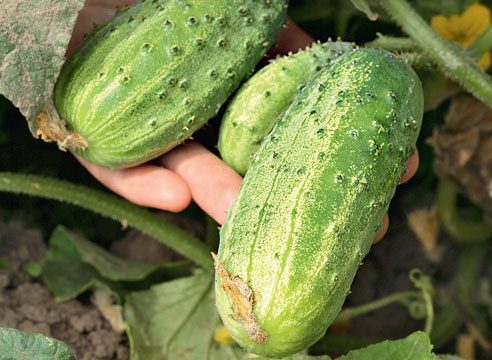
Hybrid Zadavaka F1 – 42–43 days. The powerful growth force of the plant as a whole is combined with the limited growth of lateral shoots – each forms 3–4 internodes and ends with a bundle ovary (5–6 fruits). The fruit is of a beautiful cylindrical shape, 8–10 cm long. The skin is dense, the pulp is juicy, crispy. Genetically free from bitterness. Fruiting is long – until the onset of stable frosts. Hybrids are resistant to sudden changes in temperature, root rot, downy mildew. Intended for fresh consumption and pickling. I grew them in open ground through seedlings, in a warm bed. The taste and yield are excellent, I did not notice much difference between these two hybrids.
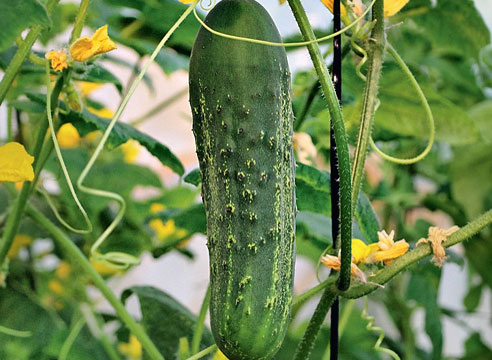
Cucumber Emelya F1
Early hybrid (39-43 days) for cultivation under film covers. However, it can be successfully salted, in this form it is almost tastier than fresh. Yes, and in greenhouses it grows better than just under the film. The bush is indeterminate (with unlimited growth of lashes), the type of flowering is predominantly female with bunched ovaries, besides, the variety is parthenocarpic and does not need pollination. Zelenets spindle-shaped, 13–15 cm long. The yield is high for pickling varieties. Resistant to cucumber mosaic virus, olive blotch and tolerant to root rot and powdery mildew. Grown in a greenhouse, it is convenient to tie up, neat, tasty fruits.
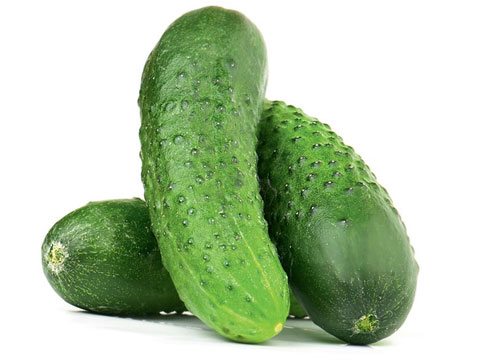
Cucumber Blizzard F1
I have been planting in a warm bed for several years. Parthenocarpic hybrid of a new generation, combining limited growth with a powerful simultaneous return of the crop – the plant forms up to 15 identical fruits at a time. The percentage of parthenocarpy is 100%, which guarantees a harvest in almost any conditions. The hybrid is ultra-early (37–38 days). The plant is medium-sized with very weak regrowth of lateral shoots (especially in the lower tier). The type of flowering is exclusively female. The ovary is bundle, 4-5 fruits. Zelenets 6–8 cm long, oval-cylindrical, large-tuberculate. Good for fresh consumption and canning. Resistant to true and downy mildew.

Cucumber Novgorodets F1
This hybrid belongs to the group of cucumbers intended for cultivation in open ground and film tunnels without a tie to a trellis and without plant formation. The peculiarity of such cucumbers is their suitability for barrel salting (by the way, which is considered the most delicious). This group has minimal maintenance requirements and is highly resistant to adverse weather conditions. The hybrid is mid-early, starts fruiting on the 38th–46th day from mass shoots, is distinguished by a friendly return of the early harvest (more than 30%), while it bears fruit until frost. It has a very tight skin, a crispy texture and a strong aroma, making it ideal for pickling. Stem creeping, medium length, strongly branched. The fruit is a beautiful cylindrical shape, short, 8–10 cm long, 2,5–2,8 cm in diameter, coarsely tuberculate, tubercles are rare, black-spined, dark green in color with marbling, blurred white stripes reach 1/3 of the fruit. The palatability is high (especially in salty form), there is no bitterness. I liked both the taste and the look.
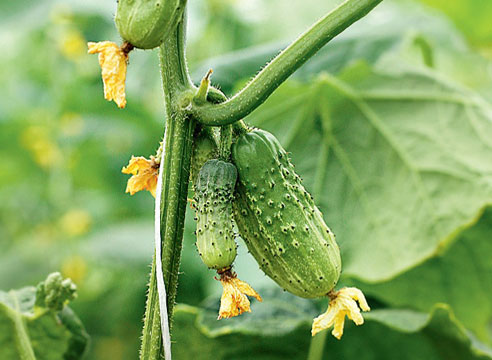
Cucumber White Angel F1
Mid-season hybrid (50–55 days from germination to fruiting) with a high degree of parthenocarpy, intended for cultivation both in film greenhouses and in open ground. Plants are vigorous, form many side shoots. In the axils of the leaves, 1-2 ovaries are formed. The fruits are short (6-8 cm), with rare tubercles, white. They should be harvested when they turn a faint greenish tint. The fruits are consumed both fresh and canned. Cucumbers have grown unusual and good in taste, but I prefer the usual green ones.
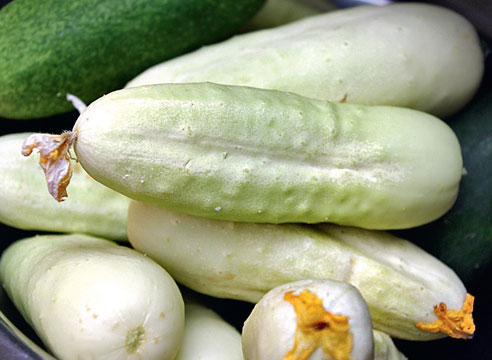
Cucumber Zozulya F1
This unique hybrid was bred at the Timiryazev Agricultural Academy by Professor G.I. Tarakanov with employees of the Vegetable Experimental Station named after V.I. Edelstein TSHA. It has been zoned since 1977 in various regions of the country. Its main advantages: rapid growth of the lash, massive long-term return of the crop, cold resistance. Despite the lack of resistance to powdery mildew and downy mildew, the hybrid is characterized by high yields in unheated greenhouses in garden plots. This is due to the strong return of the crop before the onset of the disease outbreak. The hybrid is parthenocarpic, comes into fruition on the 40-45th day from germination. When planted early, it bears fruit better with bee pollination. The fruit is cylindrical, green, large-tuberous, 14–22 cm long, weighing 160–300 g, good taste, does not turn yellow for a long time. Salad variety. Branching below average, self-regulating. All this determines its high popularity even today, 30 years later. I grew this variety even at home on the windowsill.
